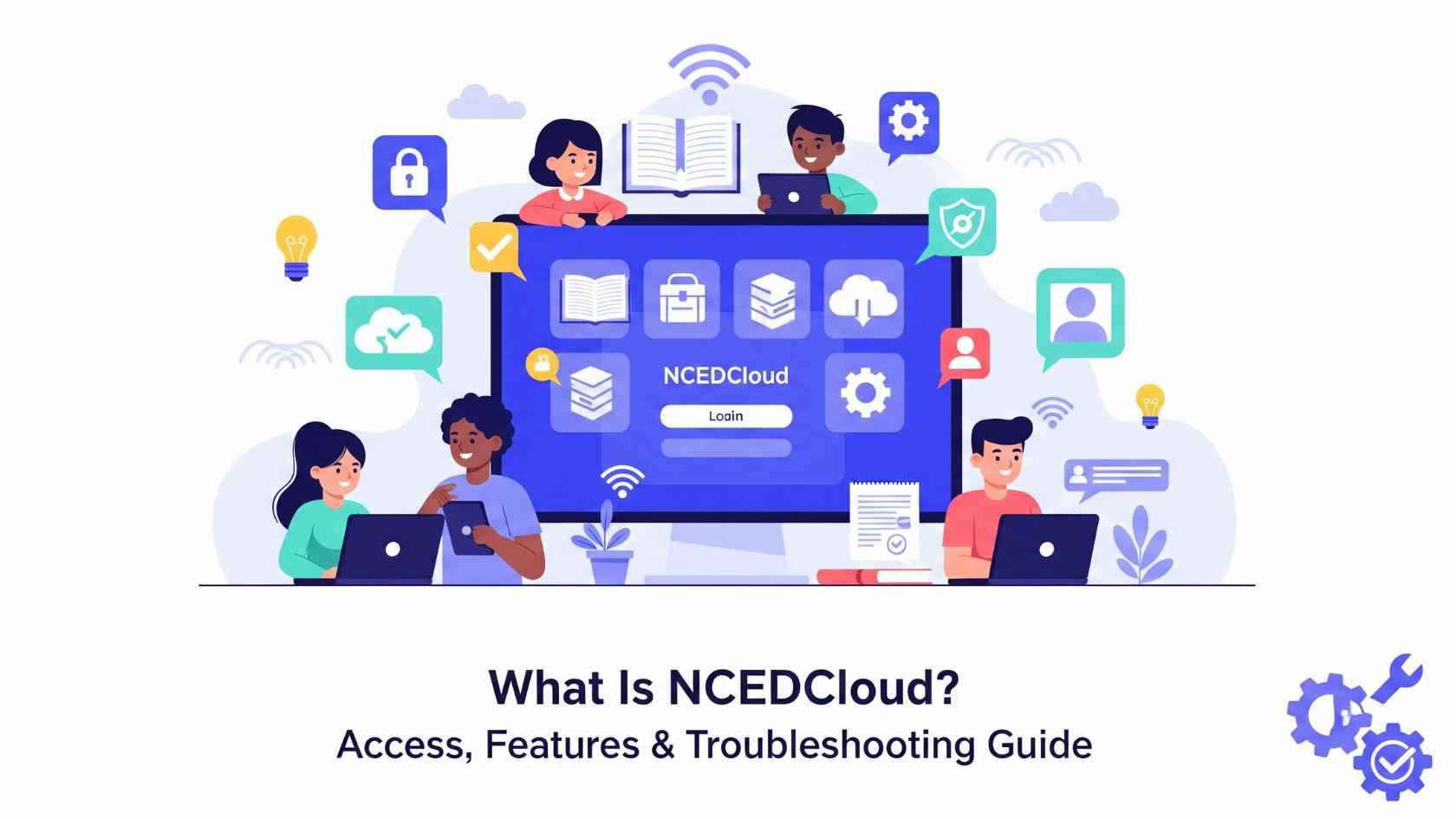If you’re a cybersecurity company, there’s a truth you need to realize. When it comes to content marketing, most of your audience is drowning in a sea of sameness. They’re getting pitched by dozens of companies that all seem to have read from the same marketing playbook.
At the same time, your genuinely innovative security solution doesn’t stand out because your content strategy resembles all the rest. Every vendor claims to have “next-generation” solutions. Every whitepaper promises to help you “stay ahead of emerging threats.”
If you truly want to rise above the noise, the best approach is to return to the basics. Instead of focusing on promoting your products, figure out how to be useful. Solve real problems for your prospects with your content and break the mold so that you can differentiate your brand as a true thought leader and authority in the space.
5 Content Marketing Tactics That Drive Results for B2B Security Vendors
1. Master the SERPs and Win the AI Game
Where do your potential customers get their information? For a long time, the answer would have been almost exclusively Google. However, the game has changed thanks to the introduction of LLMs, such as ChatGPT, Claude, and other AI assistants for cybersecurity advice. If you’re not optimizing for both the traditional search engines and large language models, you’re missing half the conversation and leaving money on the table.

Start with the fundamentals. Focus on SEO for cybersecurity by targeting relevant keywords and specific technical terms that your audience is searching for. They want answers to questions like “how to detect lateral movement in Active Directory” or “best practices for zero trust network segmentation.” These might not necessarily be high-volume keywords, but they’re exactly what your prospects are typing into search bars when they’re dealing with an incident or worried about their cyber safety.
2. Get Specific to Rank for Valuable Searches
Once you’ve a regular cadence of producing SEO content, you also need to optimize for LLMO (Large Language Model Optimization). When someone asks an AI, “How do I respond to a ransomware attack?” you want your content to be part of the training data and cited in the response.

This means writing content that’s not just keyword-rich, but also structured in a way that AI can easily parse and reference. Use clear headings, provide step-by-step instructions, and include authoritative sources. Create content that’s so comprehensive and well-structured that AI models naturally want to cite it when answering related questions.
3. Turn Your Technical Team into Thought Leaders
Your internal teams (such as engineers and security researchers) likely have vast knowledge that your competitors’ marketing teams simply can’t replicate. You need to use this to your advantage and provide them with a platform to share their knowledge.
To do this, you could start a technical blog where your team can explain new attack vectors, break down malware families, or analyze recent breaches in ways that even the layman could understand.
Encourage your team to speak at industry conferences, participate in security forums, and engage on professional social media platforms like LinkedIn. When they discover something interesting during their research, help them turn it into content that shows off your company’s expertise.

Another effective way to achieve this is through cyber PR, as it fosters genuine credibility. Decision-makers can distinguish between marketing fluff and genuine technical insight. When they see your team members and your brand featured in leading information security publications, they will take notice and pay attention.
4. Host Technical Workshops That Demonstrate Value
Generic webinars that merely disseminate mundane information have become oversaturated. However, hands-on technical workshops are still an effective way to generate new leads. Create sessions where participants can actually configure tools, analyze sample data, or work through real scenarios.
Instead of product demos disguised as education, focus on teaching skills that your potential customers could actually benefit from. Run workshops on log analysis techniques, threat hunting methodologies, or security automation scripting. Use your own tools during the workshop, but ensure the content remains valuable regardless of the platform participants use.

Keep these sessions small and interactive. Aim for 20-30 participants maximum so you can answer questions and provide personalized guidance. Record the sessions for those who can’t attend live, but emphasize the interactive elements that make live participation valuable. These workshops accomplish several goals simultaneously:
- They demonstrate your team’s expertise in a format that’s hard to fake
- They give prospects hands-on experience with your approach to security problems
- They create a natural follow-up opportunity for sales conversations
5. Partner with Industry Influencers on Research Projects
In most B2B spaces, professionals tend to trust their peers more than vendors, and the cybersecurity space is no exception. With this in mind, look for respected industry voices and collaborate with them on original research that benefits the entire community.
Look for security practitioners, independent researchers, or consultants who have credibility with your target audience, then leverage their network to your advantage. Propose joint research projects that combine your company’s data or technology with their industry insights and analysis. Make it mutually beneficial.

This may involve partnering with a reputable security consultant to analyze attack trends using your threat intelligence platform. Or working with a respected practitioner to study the effectiveness of different security awareness training approaches using your simulation tools.
The key is making sure the research provides genuine value to the security community. Your company’s name should be associated with the work, but the focus should be on advancing industry knowledge rather than promoting your products.
Final Word
The tactics we have covered in the blog are effective because they focus on providing genuine value to audiences, rather than just pushing products and selling features. The key is to position your company as a knowledgeable partner, rather than just another vendor trying to make a sale.
If you’re just getting started, the most important thing is consistency. Select one or two of these approaches and commit to them for a few months. Establish a regular publishing cadence and track your key metrics. Be ruthless and honest, and what worked, and what didn’t.
Content marketing in B2B security is a long-term game. You won’t see results overnight, but companies that stick with value-driven content strategies consistently outperform those that chase quick wins.










